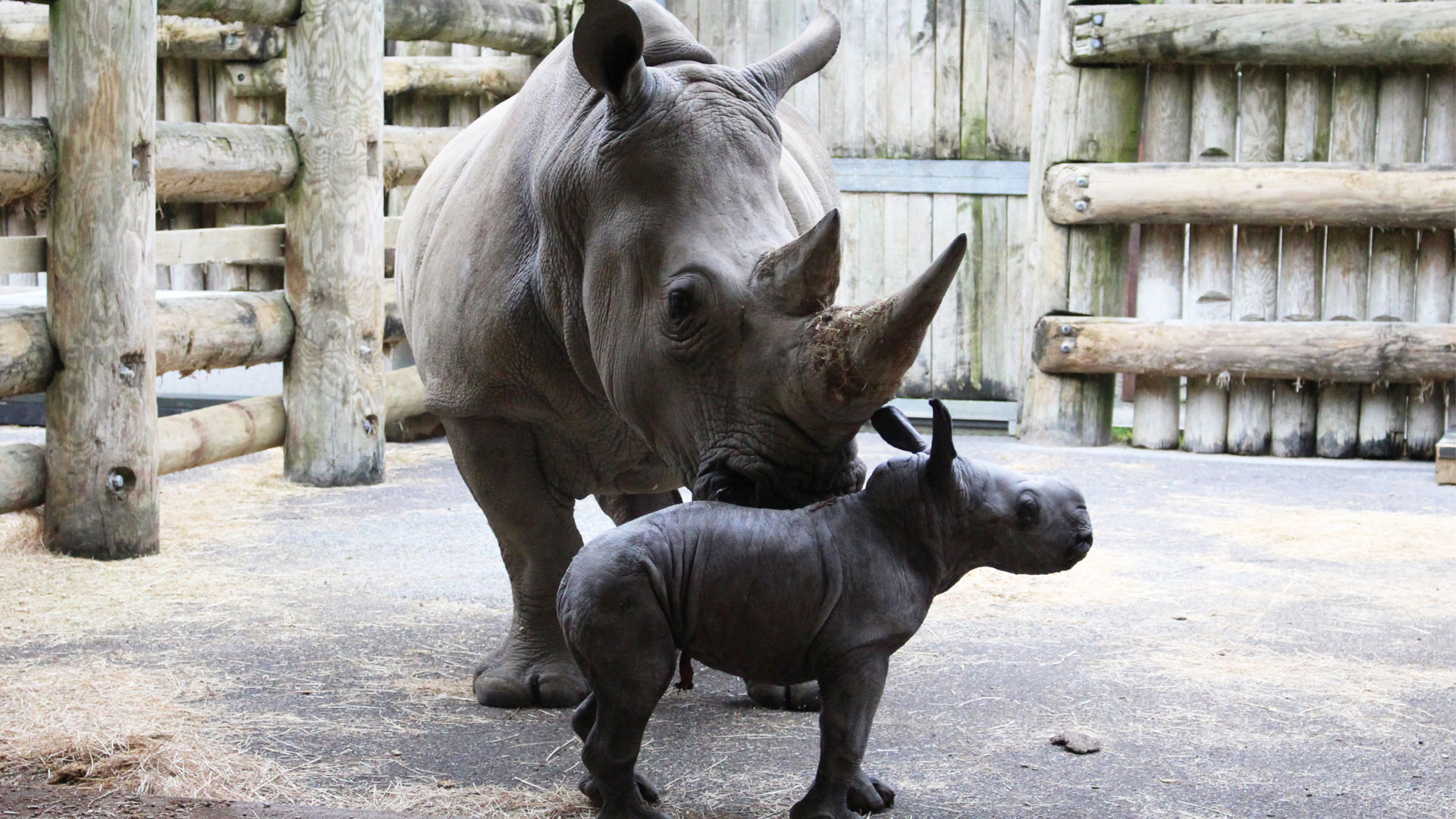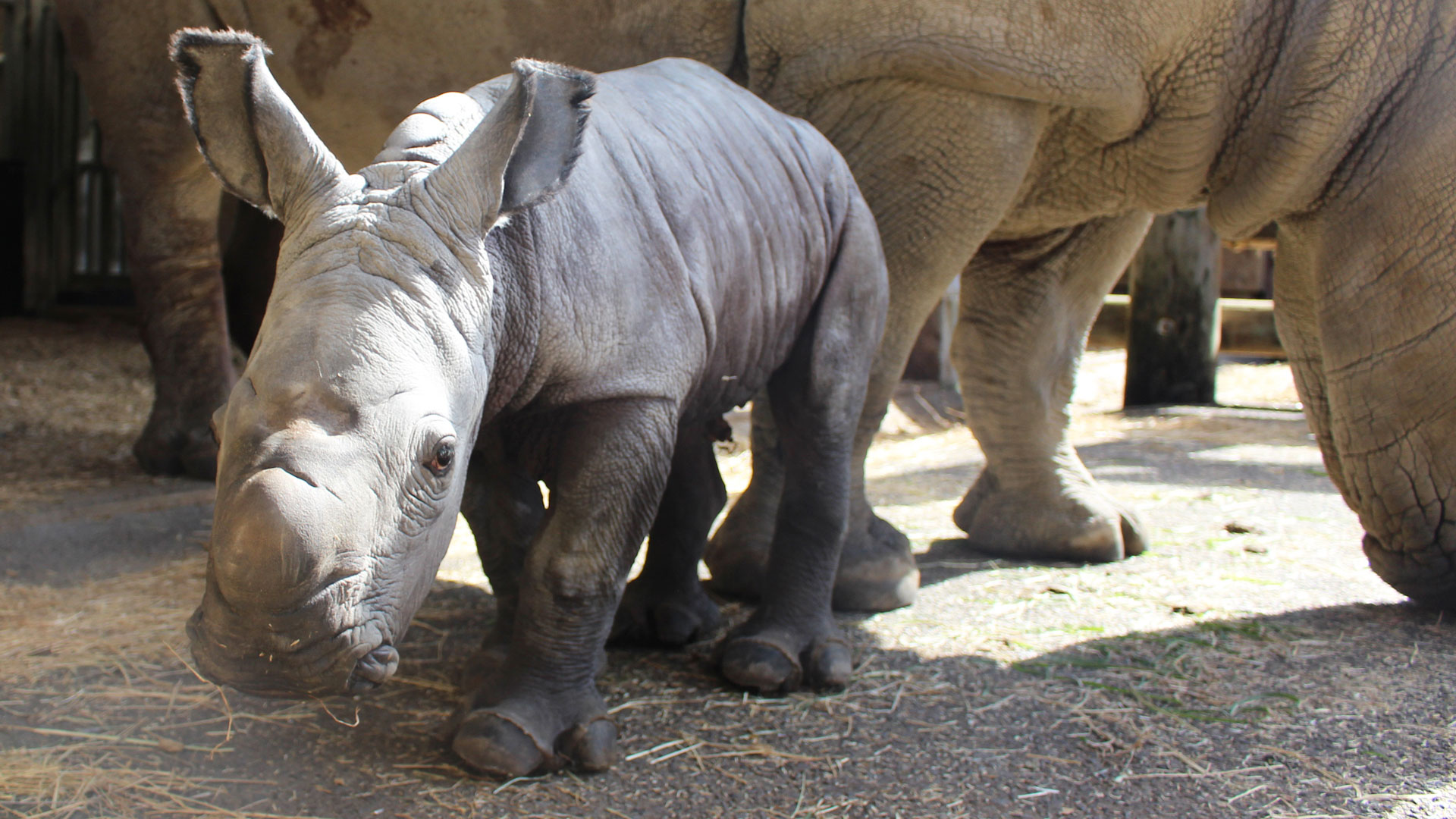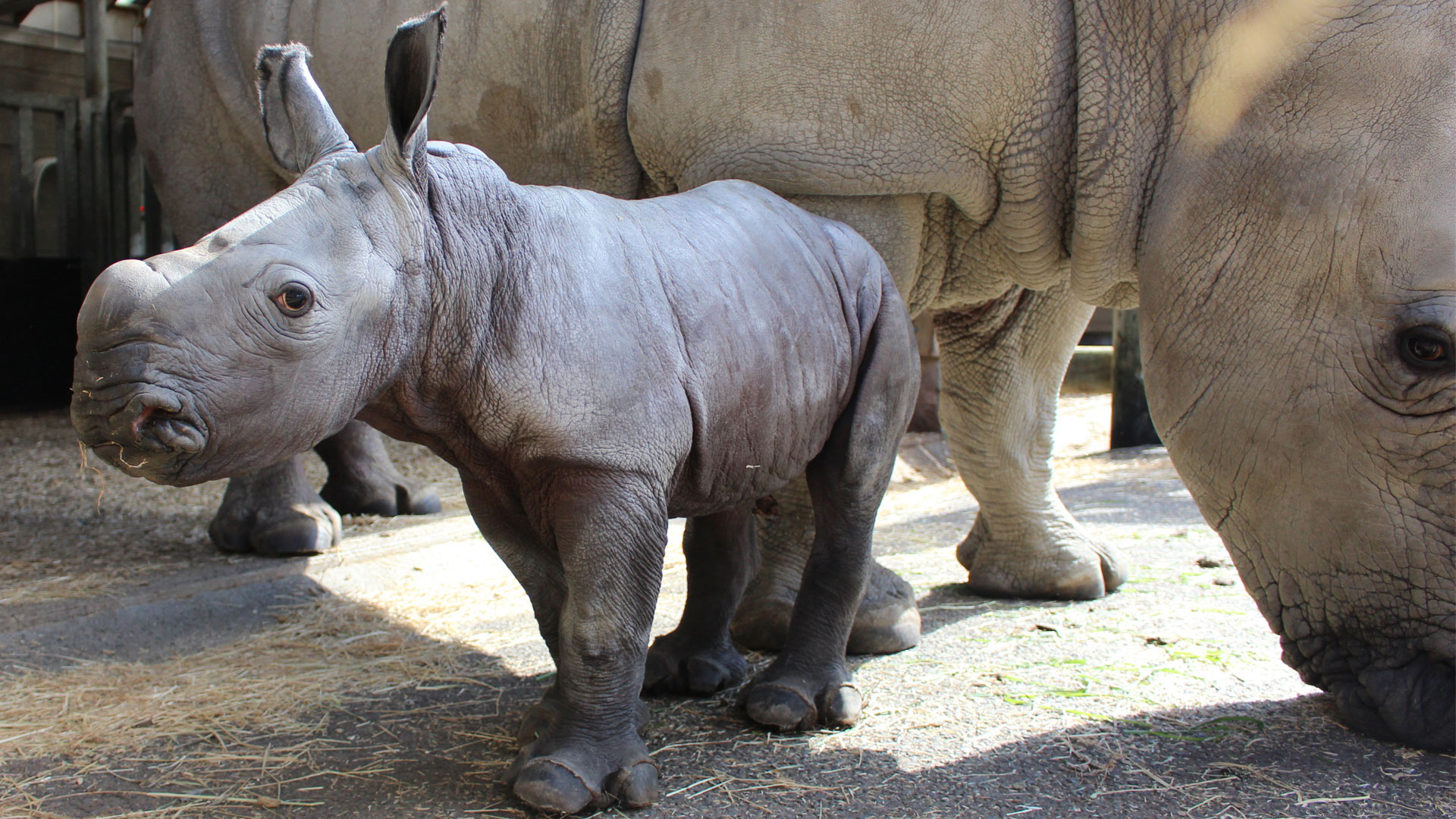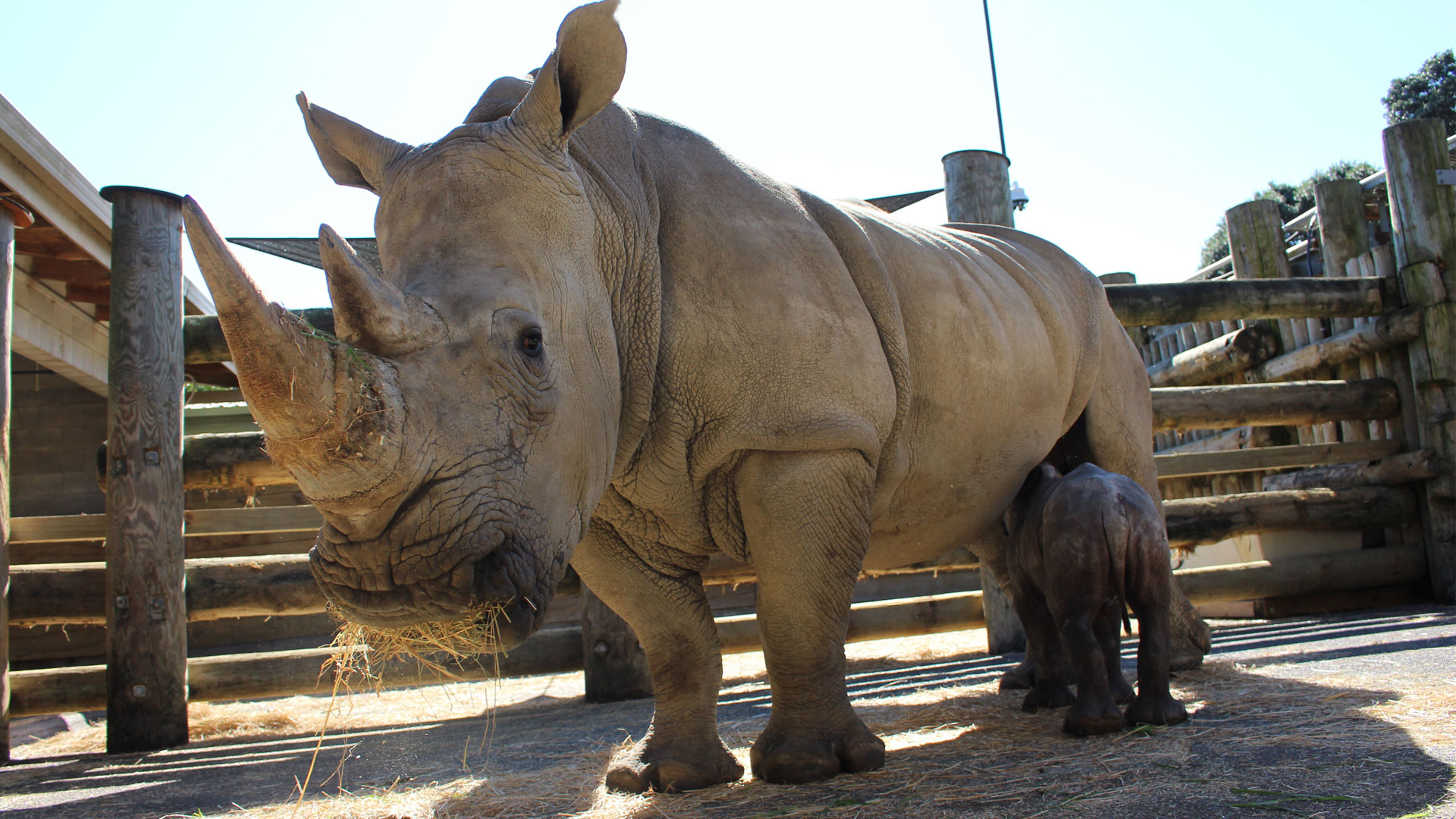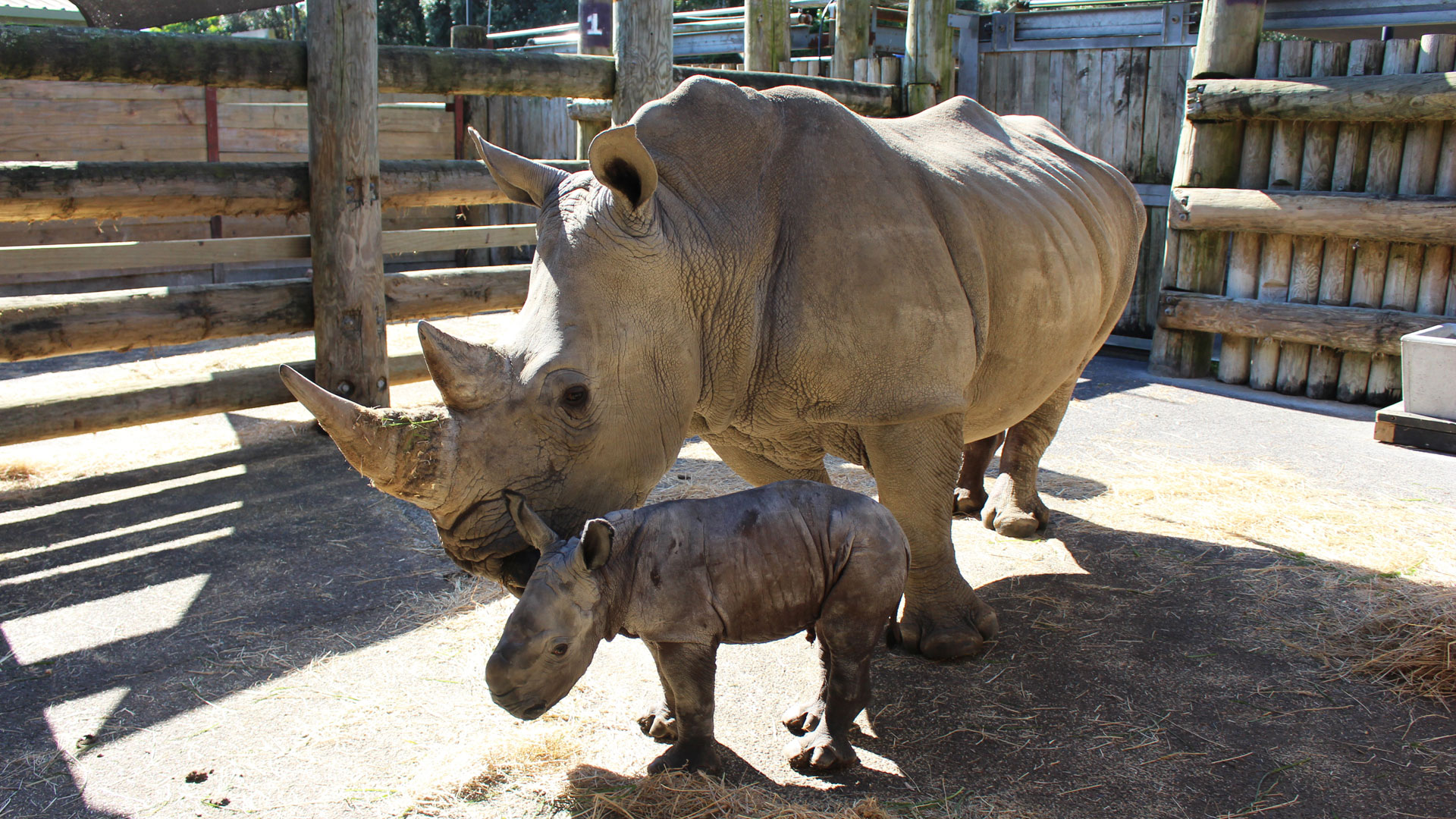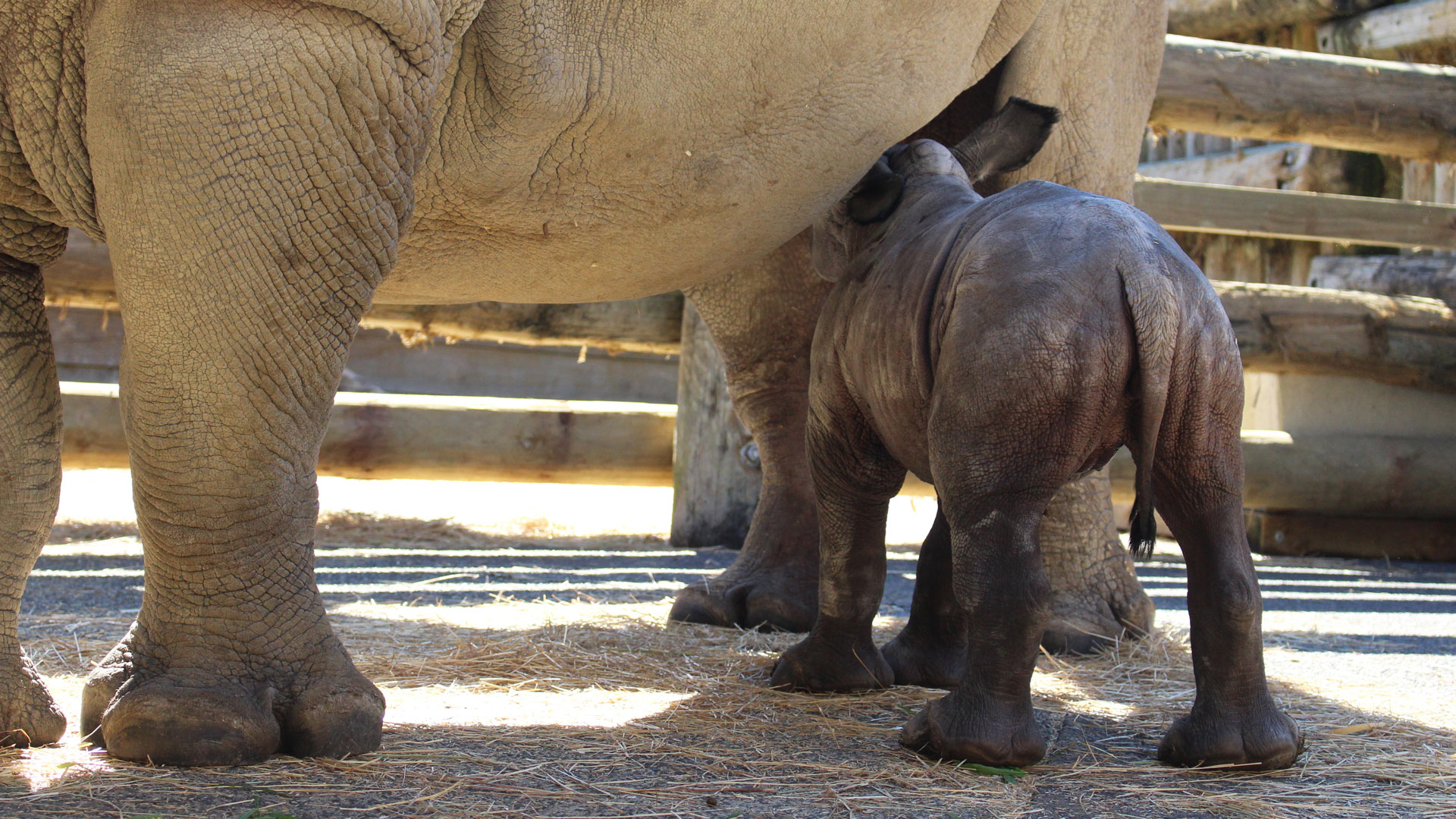NEWS FROM THE WILD: Black rhino Floppy’s story
Female black rhino Floppy (pictured) lives within the 300,000ha range in Zimbabwe’s south east Lowveld, where Auckland Zoo’s conservation partners, the Lowveld Rhino Trust (LRT), dedicate their conservation efforts for both black and white rhino.
Floppy, so named because her right ear hangs down (the result of a wire snare injury suffered before being rescued by LRT from an insecure area in 2005, aged four) had her first calf at age seven, and this year produced her seventh healthy calf. An exceptional mother, she is contributing to the black rhino population in this area that now stands at 190 animals. Trust monitoring coordinator Natasha Anderson is excited to report another 10 births are expected by the end of 2020. The white rhino population in the area 50.
Covid-19 impacts: The Lowveld Rhino Trust has been running its rhino monitoring programme for 30 years, and says it’s been a challenging 2020, with COVID-19 related restrictions making it difficult to carry out management and emergency operations. Restrictions delayed their emergency capture of a black rhino calf that was orphaned in July when her mother was killed by poachers. Natasha Anderson reports that thankfully, eventually “permission was granted and the calf could be rescued before lions got her.”
Latest Auckland Zoo support: In the past year, Auckland Zoo has been helping fund critical DNA processing for black rhino samples collected by LRT to help evaluate the impacts of things like dehorning, translocations, and regrettably, poaching. LRT has the largest database of demographic records of free-ranging black rhinos that has ever been collected, and this work allows them to compare genetic information alongside the demographics to further understand, and respond to, rhino conservation issues.


